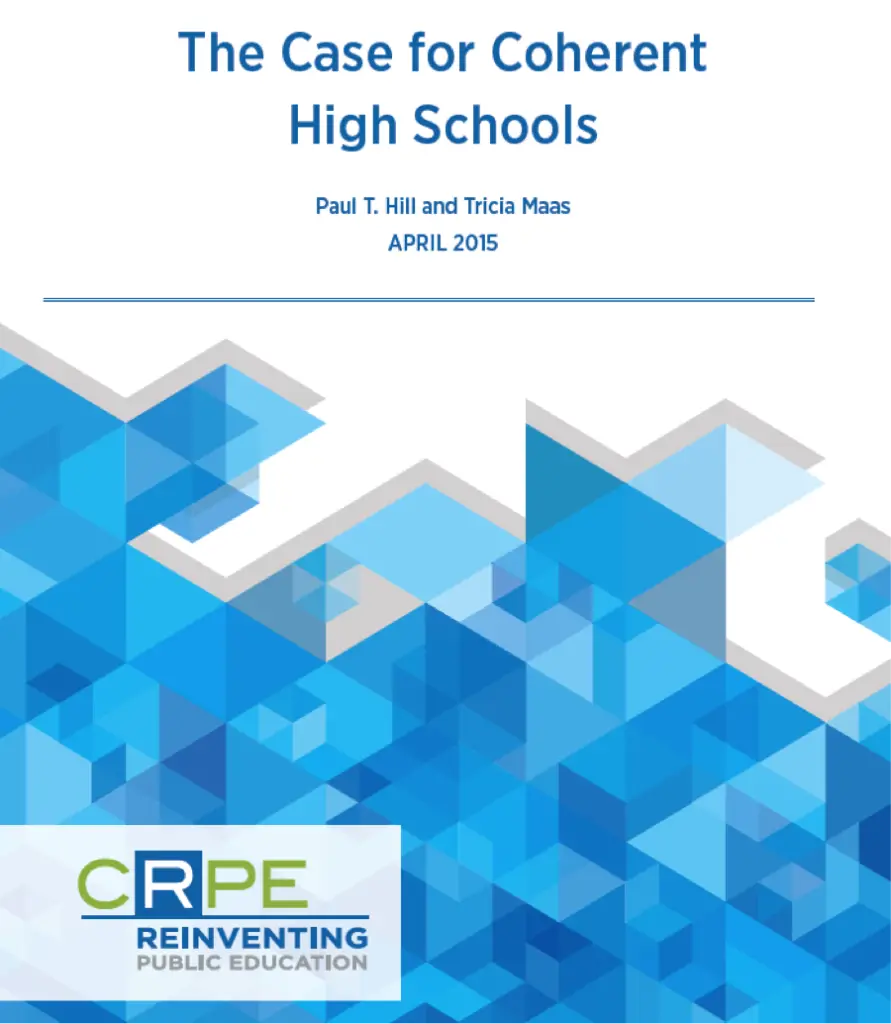High school redesign is one of the most elusive reform challenges to date. In this paper, we explain why personalized high schools are hard to get and keep in a traditional school district, and show how they can be made much more broadly available through changes in policy and philanthropic investments. Drawing from examples of successful and unsuccessful high school redesign efforts, we argue that stable leadership, school-level autonomy, and choice for both staff and families are necessary to support high school redesign at scale. This is the second in a series of three white papers looking at system redesign from a variety of perspectives. Our first paper, Next Generation School Districts, goes deep into the question of which system policies are most likely to get in the way of implementing personalized learning at scale and defines the new capacities and functions districts need to develop. Our final paper, Redesigning the District Operating System, explains why we must update central office systems to allow school-level initiative and problem solving.
Rethinking High Schools: Past Efforts Should Inform New Models
Pundits on the left and right have criticized Laurene Powell Jobs’ new $50 million initiative to develop new high school models. Some say earlier efforts...





